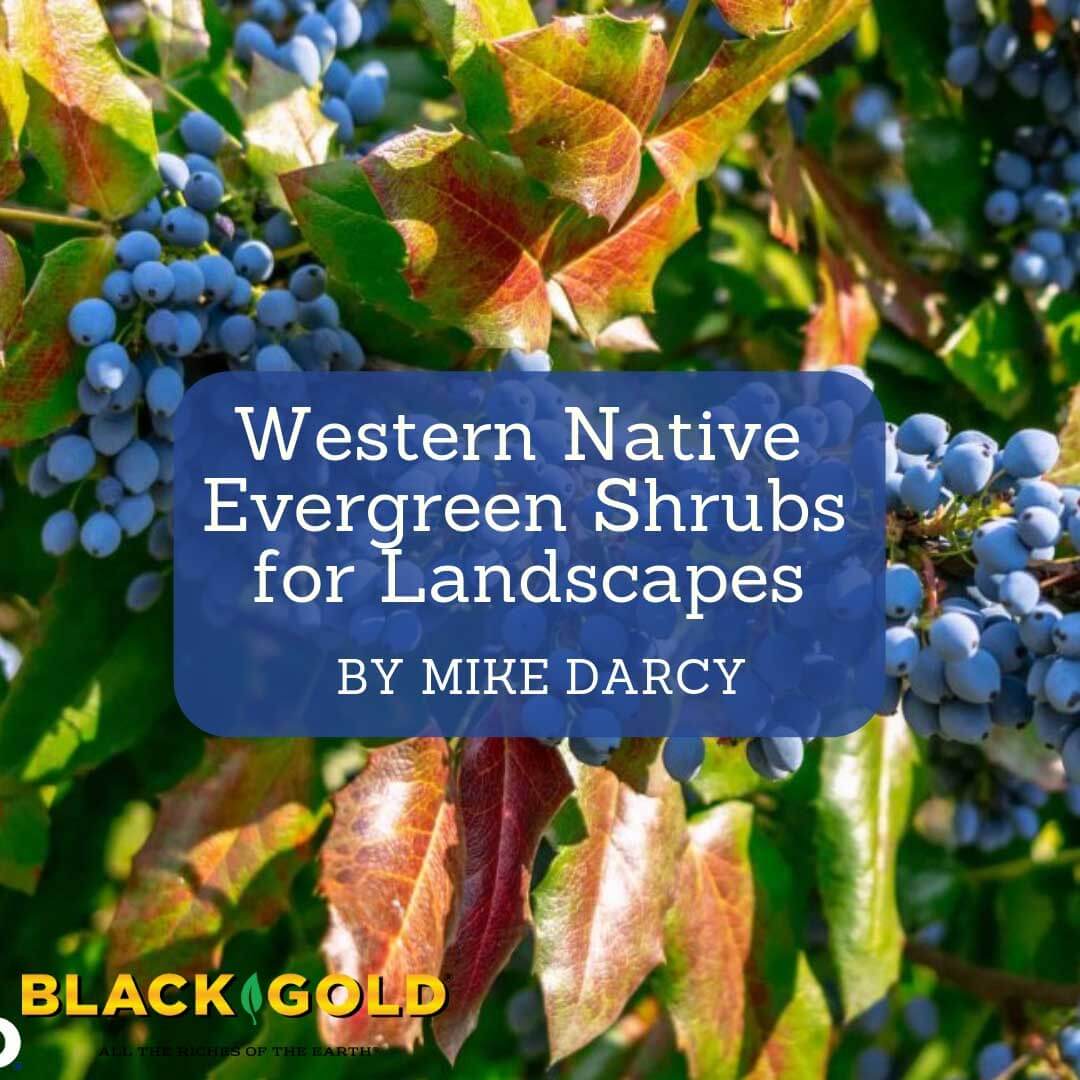
In recent years, I have noticed a substantial increase in the use of native shrubs for the home garden. Many are diverse and beautiful while growing well in local climates, and those with winter interest have the added benefit of year-round beauty. Quite a few native evergreen shrubs from our region have exceptional landscape value.
In my own neighborhood, I have seen an interest in native plants, both from the average gardener that plants a just few natives to the avid gardener that plants all natives. While the intention is noteworthy, there are a few cultural requirements that homeowners must consider beforehand. Just because a plant is a local native does not mean it is the right plant for the home garden. If you are going to plant natives, do some research native plants in your area and their natural habitats. Consider the soil, elevation, and location of the plant with respect to sun and shade before planting it in your yard. Shrub size and habit also matter.
Another option is relying on the knowledge and experience of others. Here are seven Pacific Northwest native plants that I can recommend. They all look good and perform well in home landscapes, and many have berries (some edible and some not) that are enjoyed by birds and other wildlife. One or more might be suitable for your garden.
Coast Rhododendron
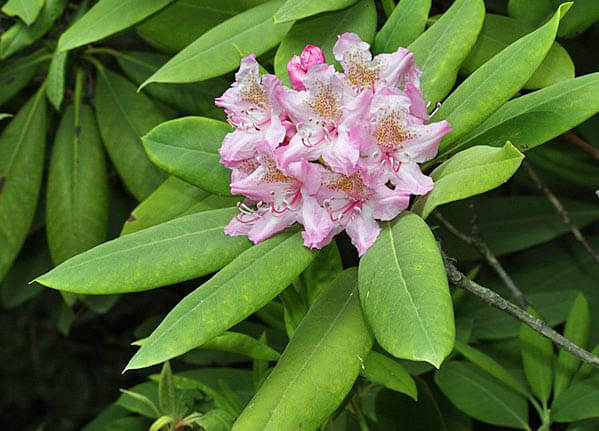
Our own native rhododendron (Rhododendron macrophyllum), often referred to as the coast rhododendron, is similar to many of the hybrid landscape Rhododendrons. It grows naturally as an understory plant in our forests and does well with light shade and soil rich in humus. The addition of Black Gold Garden Compost Blend is a helpful addition at planting time. Clusters of showy rose-purple flowers appear in mid to late spring, and large evergreen leaves keep landscapes looking good in the winter months.
California Huckleberry
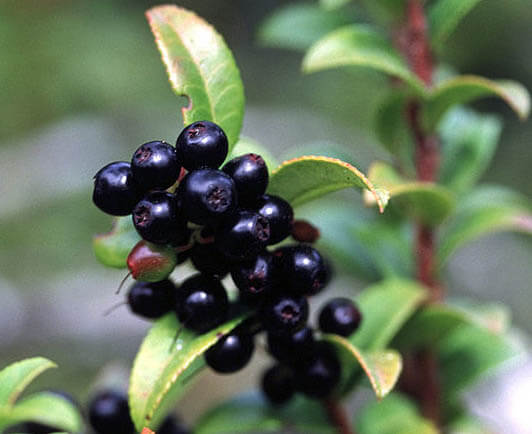
The native evergreen California huckleberry (Vaccinium ovatum) grows from California up into the far reaches of the Pacific Northwest. It is often seen in gardens because it has shiny, dark green leaves that look good year round. In the spring, there are clusters of small pink to white bell-shaped flowers, which are followed by edible black berries that are often used in pies and jams. Huckleberries also like a raised soil that is rich in humus and compost. Give them some protection from the hot afternoon sun.
Oregon Grape
The Oregon grape (Mahonia aquifolium) is the state flower of Oregon. It is well known in American landscapes with its glossy, green, holly-like leaves and early clusters of yellow flowers that are followed by stems with blue fruit. The early yellow flowers are an important source of food for hummingbirds, and the fruits are of favorite of native birds.
Salal
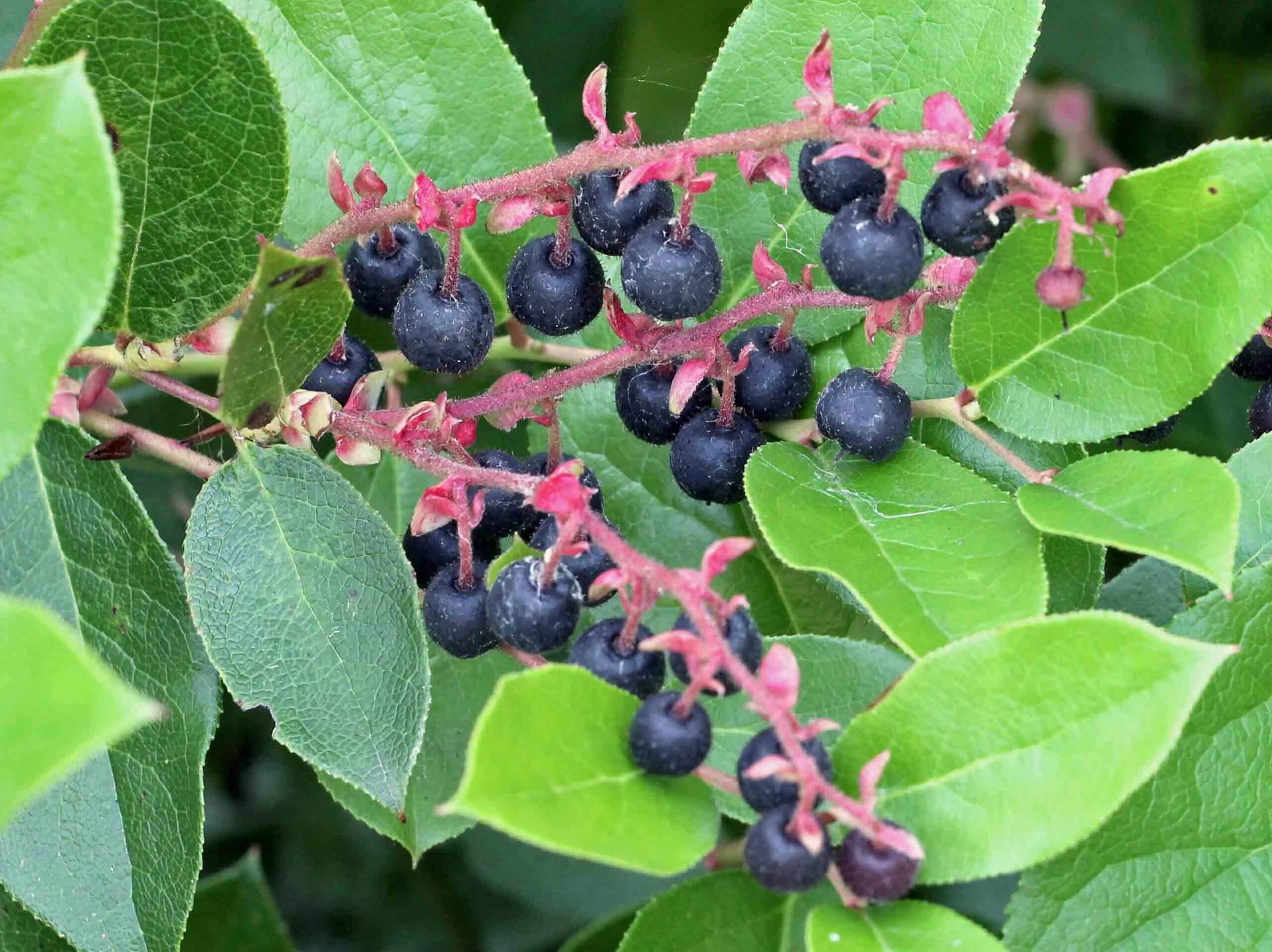
Salal (Gaultheria shallon) is one of the best known of the native landscape plants from this region. Shrubs usually reach only 1 to 2 feet in height, making it an excellent shrubby ground cover. Long clusters of white or pinkish flowers appear in spring, followed by blue-black fruits that are attractive to many birds. Its evergreen leaves look clean and attractive through winter.
Salmonberry
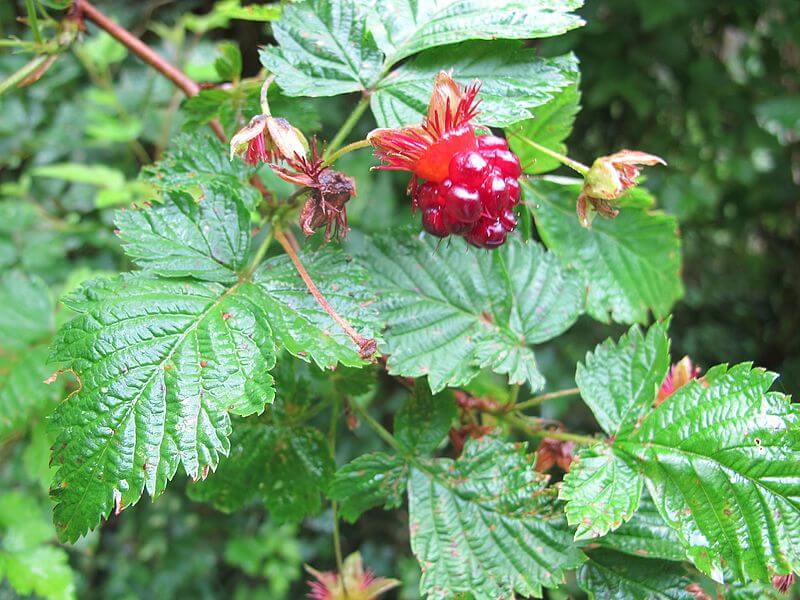
The semi-evergreen salmonberry (Rubus spectabilis) is a thorny shrub with a growth habit similar to that of raspberries. It is very easy to grow and has reddish-pink flowers that are followed by raspberry-like berries that vary in color from yellow to red. Salmonberry can form dense thickets that provide good cover for many native birds in addition to fruits. The berries are also edible to humans, but they are somewhat dry and not as tasty as raspberries, blackberries, or loganberries.
Manzanita
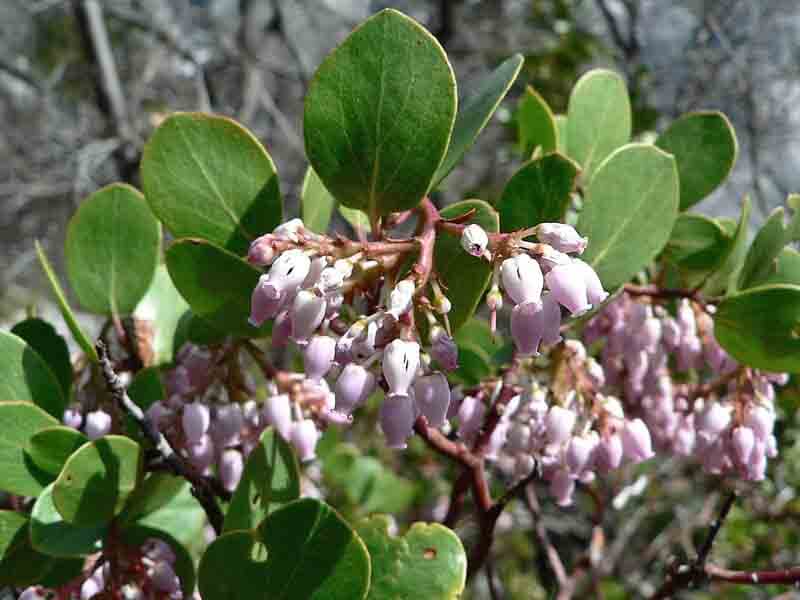
The native greenleaf manzanita (Arctostaphylos patula) is another well-known garden plant that is tough enough to be used in highway landscaping. Hummingbirds gravitate to the pinkish early spring flowers. Manzanita leaves are usually green to gray-green, and the small, bell-shaped flowers look pretty early in the season and develop into edible summer fruits. One of the outstanding features of this shrub is its coppery bark, which adds to its showy evergreen leaves.
Silk Tassel Bush
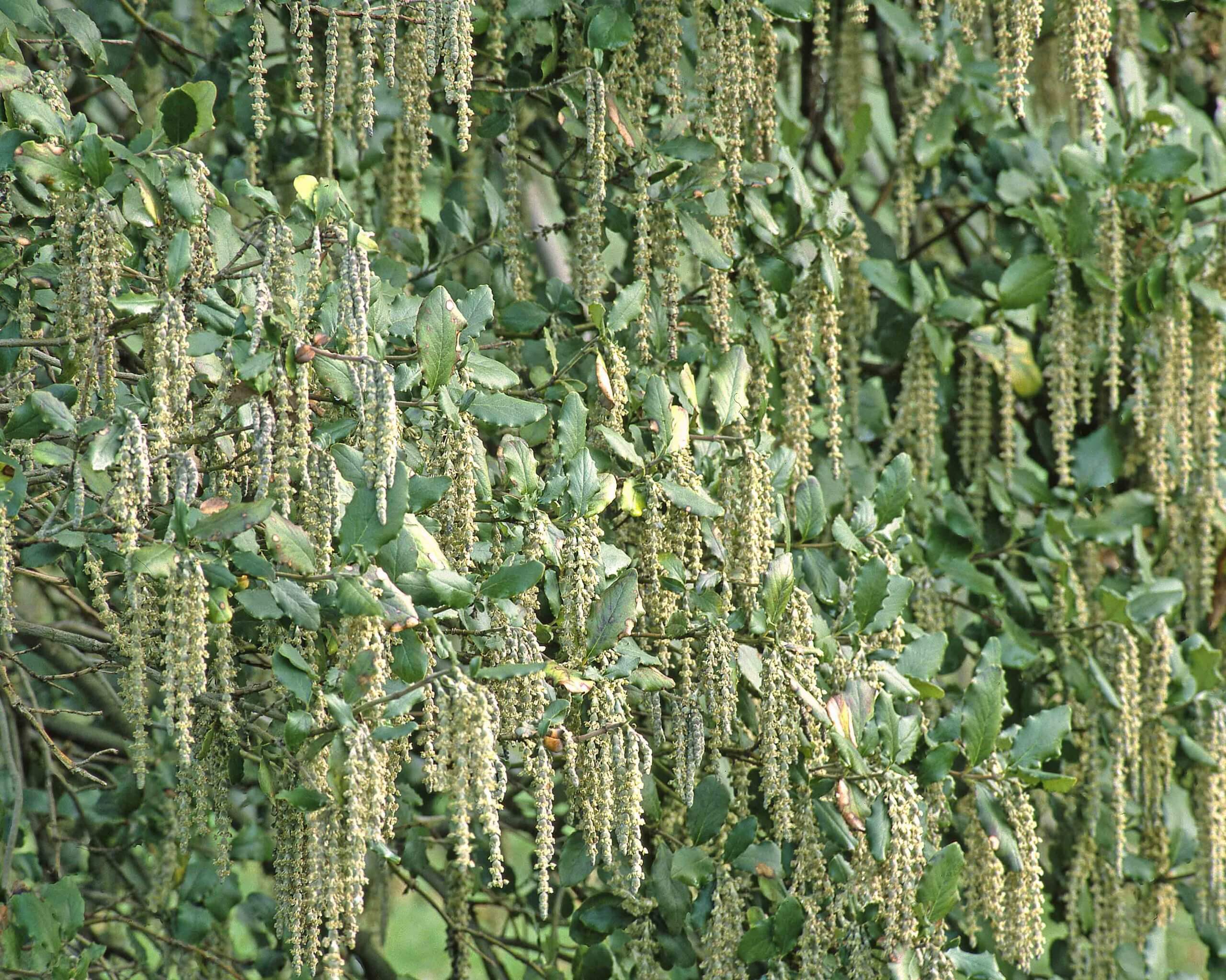
Coast silk tassel (Garrya elliptica) can reach 12 to 15 feet in height and is sometimes trained as a small tree. Plants have either male or female flowers, so you need to plant more than one if you want the fruits provided by the female plants. The notable male catkins (tassels) can reach 6 to 8 inches long. Purple fruits hang on the female plants later in the season until they are eaten by birds. This is an excellent foliage plant that needs well-drained soil. For a shrub with exceptionally long catkins, plant the male variety ‘James Roof’.
These are just some of the many native evergreen shrubs that are being used in western home gardens and landscapes. Many more choices exist, and with just a little research, you should be able to find one that will fit well into your garden.

